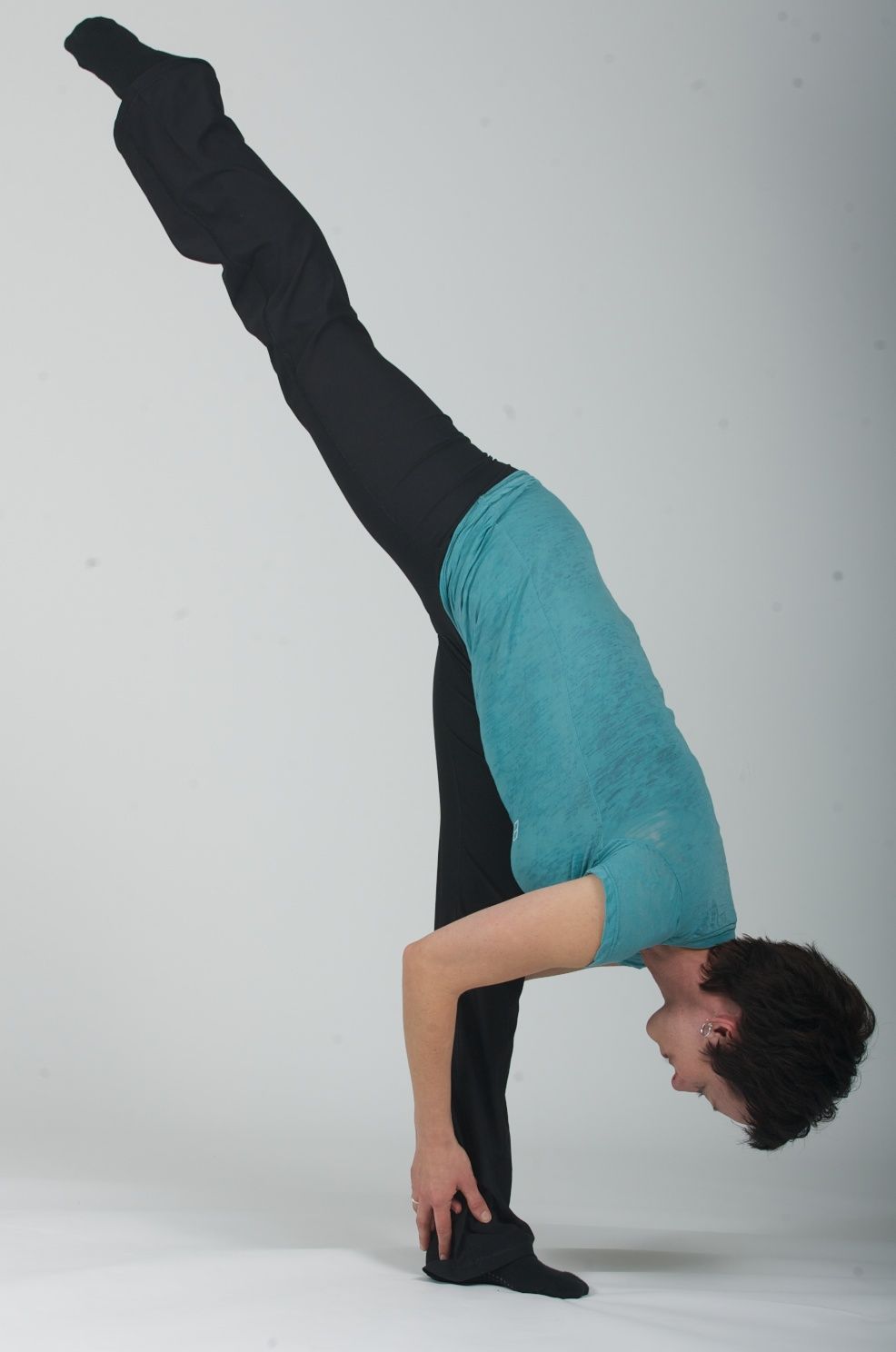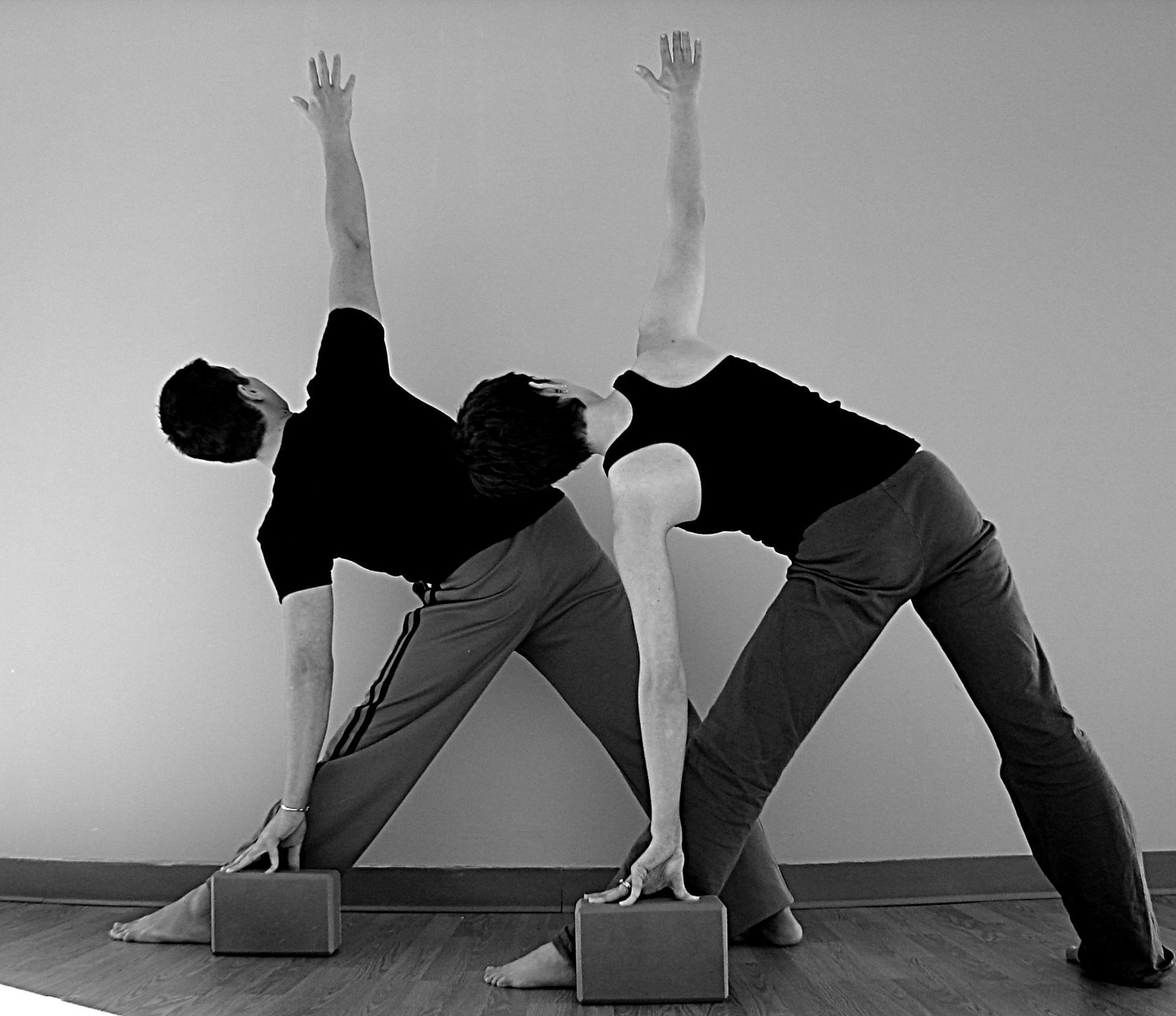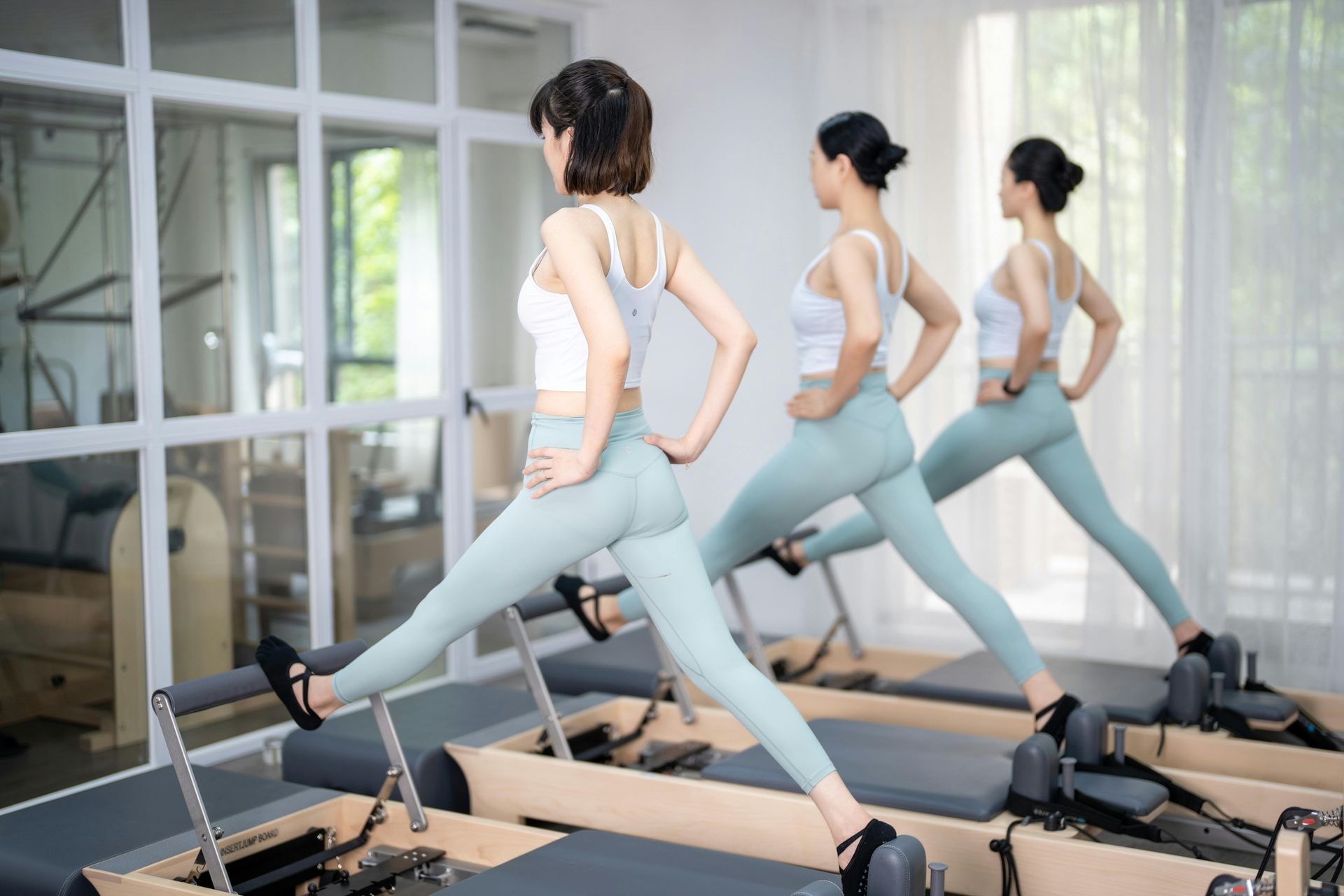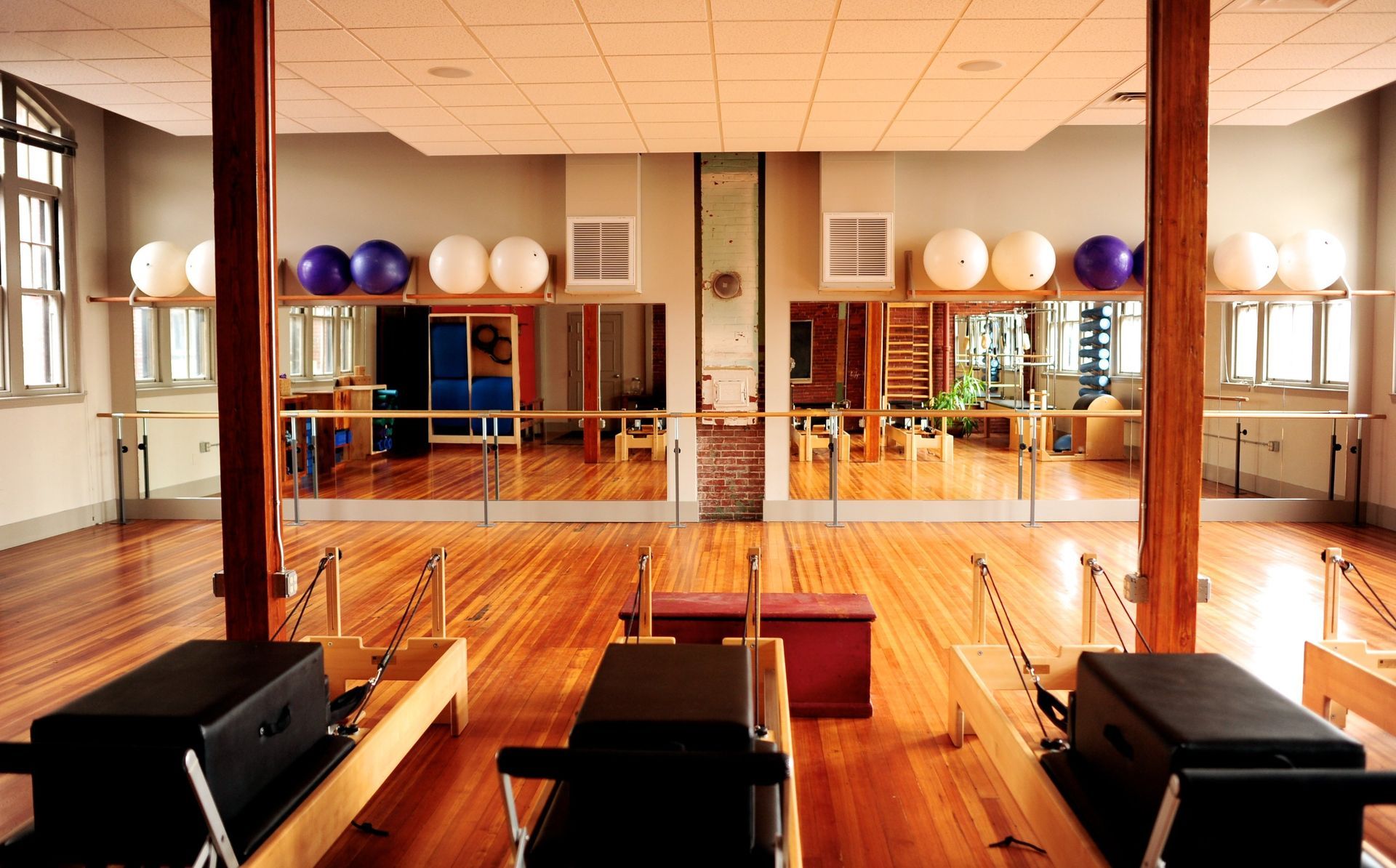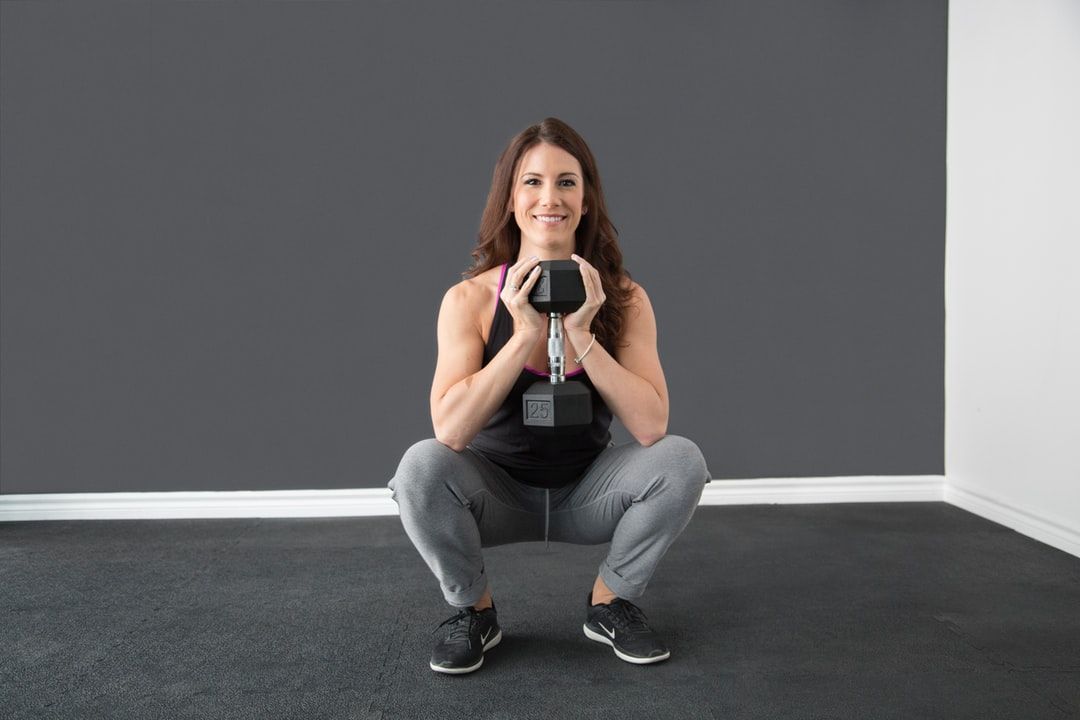The importance of Barre Height.
Getting It Right for Safety, Performance, and Longevity
If you've ever stood in front of a barre and thought, “This just doesn’t feel right”, you’re not alone. Whether you're a seasoned teacher, a studio owner outfitting a new space, or an enthusiastic home practitioner, the height and installation of your ballet barre are far more important than many people realize.
While it may seem like a simple piece of equipment, the barre is the spine of a well-structured Barre class. Get the setup wrong, and you risk compromising the flow, safety, and effectiveness of your entire workout. Get it right, and the barre becomes a tool that supports challenge, alignment, and transformation.
Let’s break down exactly why barre height matters—and how to choose, install, and adjust a barre that works for you and your clients.
Why Barre Height Matters More Than You Think
In Barre classes, every inch counts. Unlike in traditional ballet, where a barre is mainly used for warm-ups and alignment checks, in a fitness-based Barre class, the barre becomes an integral and continuous part of the workout. It's used for stretching, stability, resistance, and even full-body sculpting.
The wrong height can result in:
- Limited range of motion
- Compromised alignment
- Strain on the shoulders, hips, and back
- Reduced accessibility for core exercises like “under the barre” work
- Increased risk of injury or falls
That’s why a one-size-fits-all approach simply doesn’t work.
The General Rule: Hip Height (But Don’t Stop There)
A good starting point is to set your barre at hip height, or approximately 36 inches (about 91 cm) from the floor. This measurement works for many people, especially in group settings where a compromise has to be made.
But let’s be real: bodies vary.
If you have long legs and a short torso, you might find hip height too low. If you’re short-waisted with shorter limbs, the barre might be too high, causing shoulder tension or compromising your ability to lift your leg fully.
The key question to ask yourself or your students is: Can you get your leg up on the barre and fully straighten it without hyperextending or distorting your posture?
If the answer is no, the barre height needs adjusting.
The Often-Forgotten Check: What’s Underneath?
One of the most overlooked—but critical—factors when installing a barre is not just how high it is from the floor, but how much space is under it.
Why? Because in many Barre methods (including mine), there is a powerful, intense, and often overlooked section of class that happens under the barre. RoundBack and FlatBack exercises require a strong push and pull underneath the barre to aid in successful movement patterns!
This series is not only challenging, it's symbolic—I made it my logo for a reason. It represents the crescendo of the entire class: a moment when your body is fatigued, your form is deepened, and the barre becomes your anchor and partner.
But it only works if you can safely get under it.
If your barre is mounted too low—or worse, if it's freestanding and unstable—you’ll either hit your head or skip this critical component altogether. And that’s a huge loss, both biomechanically and energetically.
Fixed Is (Almost Always) Best
In my professional opinion, a fixed barre—either wall-mounted or floor-mounted—is non-negotiable if you plan to include the full range of Barre movements, especially “under the barre” work.
Here’s why:
Wall-Mounted Barres
- Best For: Smaller studios, consistent body types, and aesthetic cleanliness.
- Pros: Stable, space-saving, elegant.
- Cons: Installation can be tricky if your walls aren't reinforced. Weak studs or drywall alone won’t cut it. The barre may loosen over time if not secured properly.
Tip: Always check what’s behind the wall before you mount. You might need a contractor if the wall needs reinforcement or blocking.
Floor-Mounted Barres
- Best For: Larger studios, high-traffic classes, or spaces with diverse users.
- Pros: Super secure. Many options are now adjustable, making them perfect for multi-use studios or teaching a wide range of students.
- Cons: Concrete or slab floors can be tough to drill into. Make sure you know what you’re getting into before installation—or hire help.
The New Frontier: Adjustable Barres
Good news: Gone are the days when you had to pick one fixed height and hope it worked for everyone.
Adjustable height barres—both wall-mounted and floor-mounted—are now widely available. These are game changers in multi-user spaces, like:
- Group fitness studios
- Community centers
- Home gyms shared by family members
- Hybrid yoga/Pilates/Barre spaces
They allow you to:
- Accommodate different body types
- Modify for youth or seniors
- Offer flexibility between stretch, balance, and core-focused classes
If you have the budget and ability to install one, this is an excellent long-term investment.
When Free-Standing Barres Just Don’t Cut It
Let me say this clearly: Free-standing barres have their place, especially in beginner settings, large open studios, or temporary setups.
But here’s the rub:
If your barre is not fixed, you must eliminate “under the barre” exercises.
I know that’s not a popular opinion—especially for teachers who love the intensity of teaching this section—but it’s a matter of safety and liability.
I've seen clients tip a barre over trying to perform a FlatBack. I've heard stories of minor head bumps, bruises, and near misses.
So do yourself, your students, and your insurance policy a favor:
Either skip that portion of class—or invest in proper equipment.
What to Do If You Already Have a “Wrong” Barre
If you’ve already invested in a barre that’s too low, too high, or not fixed, all is not lost. Here are some options:
- Modify Your Class Format: Focus more on standing seat work, pliés, and upper body exercises that don’t rely on under-the-barre moves.
- Add Floor-Based Core Elsewhere: Build in more mat-based core work before or after barre sequences.
- Budget for an Upgrade: Start saving or planning to replace your barre with an adjustable or properly fixed one within 6–12 months.
- Educate Your Students: Let them know why you’re skipping certain moves—it shows professionalism and builds trust.
Final Tips Before Installation
Before you pick up that drill or call in a contractor, make sure to double check the following:
- ✅ What’s behind the wall? (Drywall alone won’t support a fixed barre.)
- ✅ What’s under your floor? (Concrete may need special anchors or tools.)
- ✅ How tall are your primary users? (Adjust as needed from “standard” 36” hip height.)
- ✅ Is your barre straight and level? (Use a laser level for accuracy.)
- ✅ How much clearance is underneath? (Will someone 6' tall hit their head?)
- ✅ Are you going to include “under the barre” sequences? (If yes, make sure it’s FIXED.)
In Conclusion: The Barre Is the Backbone
Your barre isn’t just a piece of furniture—it’s the backbone of your Barre experience. It supports form, adds resistance, offers balance, and becomes a symbol of strength. Whether you're a dancer, a teacher, or a lifelong mover, a well-installed barre is an investment in safety, function, and performance.
So whether you’re mounting one in your home studio, adjusting it in a group fitness center, or deciding how to scale your teaching space—remember this:
✔️ A barre should meet your leg—straight, not bent.
✔️ A barre should never meet your head—check the clearance underneath.
✔️ A barre should not be an afterthought—it should be part of your teaching strategy.
✔️ And a barre that’s not fixed? Don’t go under it.
Make smart decisions now, and your barre will reward you (and your students) with a safer, stronger, and more effective practice for years to come.


